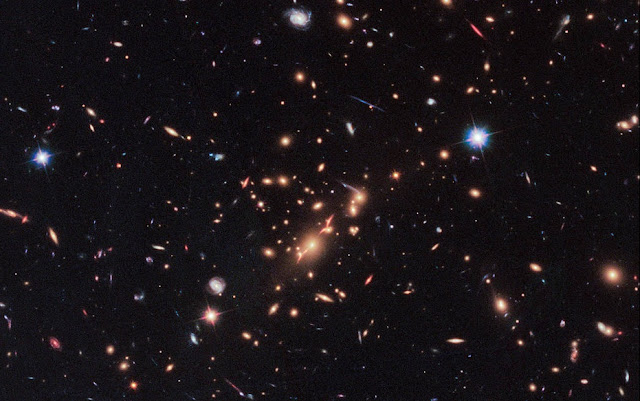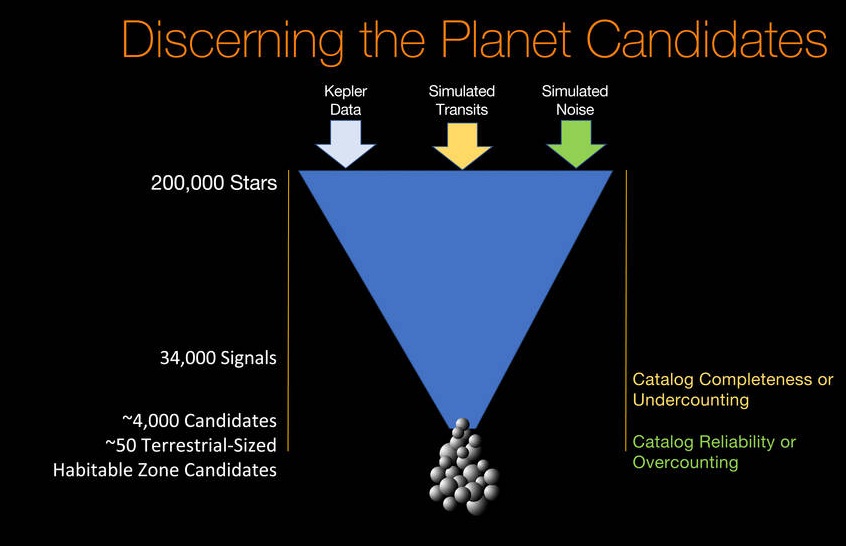 |
| Saraswathy Cluster discovered by Indian Astronomers |
Indian Astronomers have made a significant discovery by identifying extremely large superstar cluster known as Saraswathy cluster which is located in the direction of Constellation Pisces.
This Supercluster is located about 4 billion light years away from our Earth and consists of nearly 43 large galaxies. Indian astronomers named this super-cluster galaxy as "Saraswathy". Scientists predict that this galaxy may have mass equivalent to 20 million billion Suns.
What is Super-Cluster?
A supercluster is chain of galaxy and a galaxy approximately consisting of ten thousand galaxies and this saraswathy cluster is about 600 million light years stretched over the universe
Discovery:
This discovery was made by Indian Astronomers from Inter University Centre for Astronomy and Astrophysics (IUCAA) and the Indian Institute of Science Education and Research (IISER) and two other members of Indian Universities.
Published Journal:
This amazing discovery is being published in latest isssue of The Astrophysical Journal, the premier research journal of American Astronomical Society.
About Saraswathy Cluster:
The long cold and dark matter model predict the evolution of the Universe by assembly of all the small structures of galaxies. Most forms of this model do not predict the existence of large structures such as the Saraswathy Cluster with the current age of the universe. The discovery of this super mass cluster force astronomers to think about the evolution and current stage of the universe starting from Big-bang to current stage.
The supercluster is clearly embedded in a large network of cosmic filaments traced by clusters and large voids. Previously only some of few clusters have been reported. An example for the previously reported cluster is known as Shapley concentration or Sloan Great wall in the nearby universe. From these Saraswathy is most distant one and far too.This research will help to find answers for the unanswered question about the universe of past, when the mysterious dark energy had just started to dominate structure formation.



























































